Also known as the Abbey of Saint Mary de Pratis, Leicester Abbey only exists as a ruin today. It dates from the 12th century and accumulated a lot of land and assets, but the abbots were corrupt, and the abbey ended up in debt. The abbey was home to "black cannons", known this from their style of clothing. The abbey is notable for being the location where Cardinal Wolsey died while on his way charged of treason by Henry VIII for failure to agree the annulment of the king's first marriage in 1530. The abbey's location was lost until the 1920s, and it is used today by archeology students. The wider grounds, known as Abbey Park, were donated to the public. After the dissolution, the stone from the abbey was used for building other buildings in Leicester.
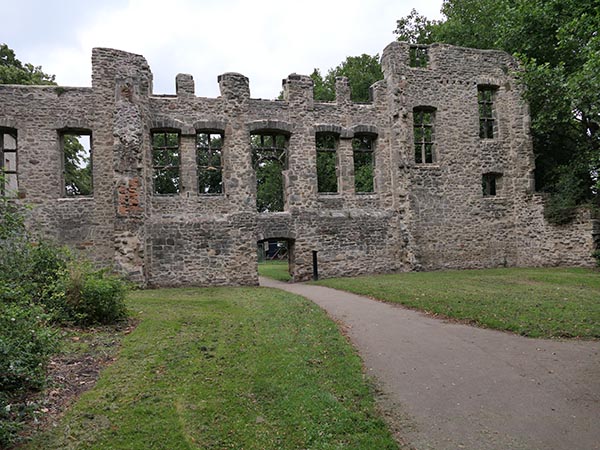
One of buildings constructed out of the ruins of the abbey was Cavendish House, photographed above. It is the most intact ruin at the location. It was looted during the Civil War, burned, and never repaired. It was demolished in the 1920s when the council acquired it, and they established Abbey Park.

The walls around the abbey can still be seen, and the parkland extends outside and around the abbey and over the river.
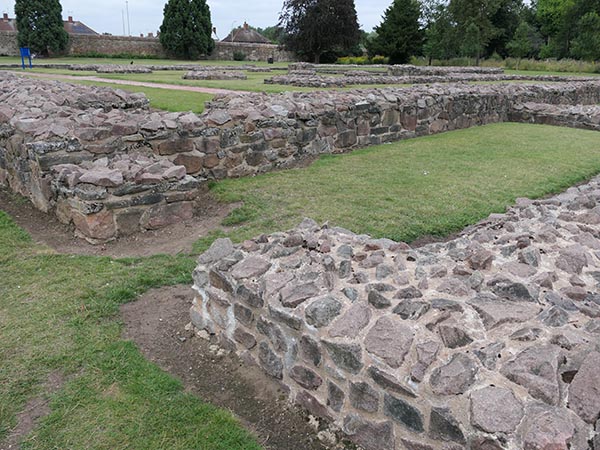
The abbey remains are marked with the stonework foundations and signage.
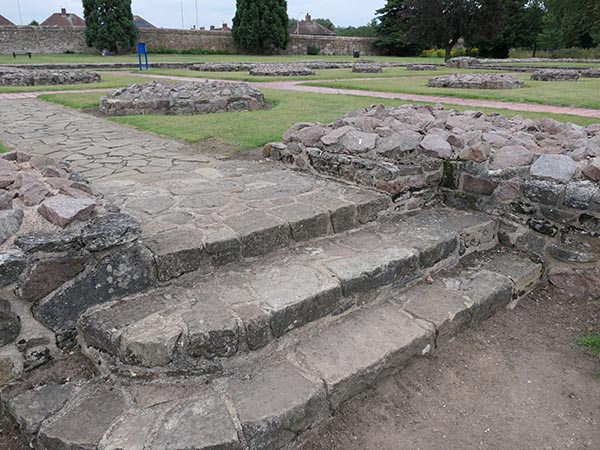
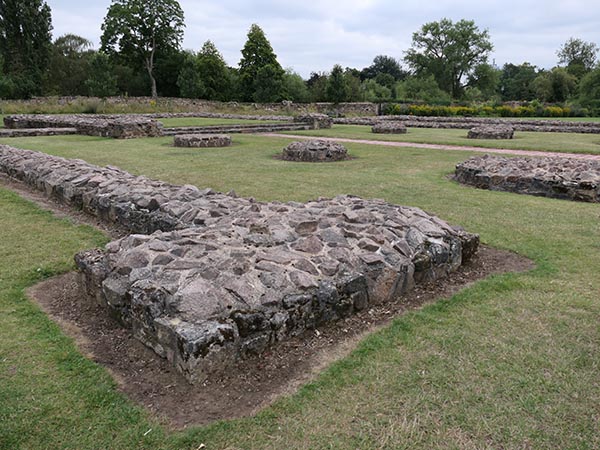
The skeleton of Wolsey was never discovered, but a memorial marks the spot where his body was thought to have lain.
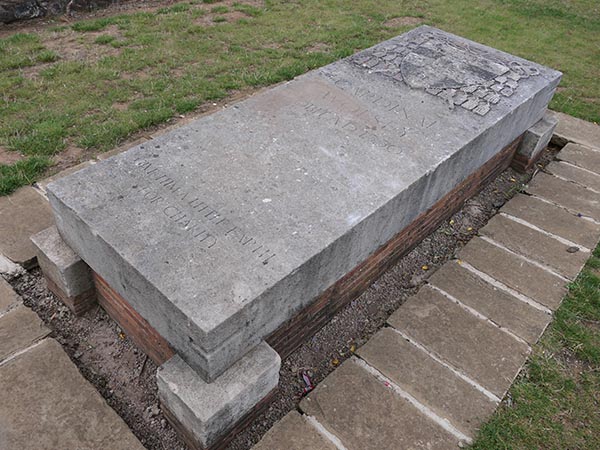
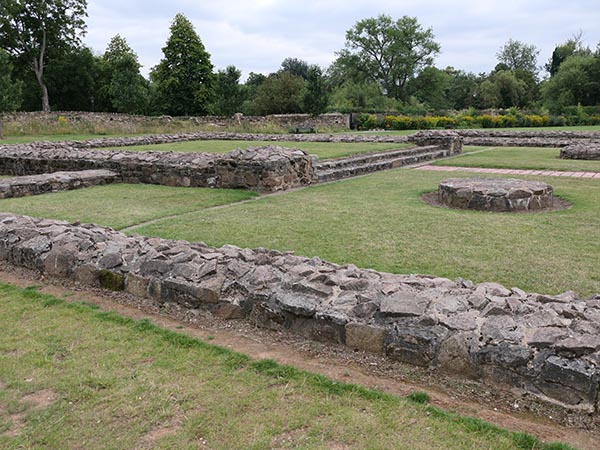
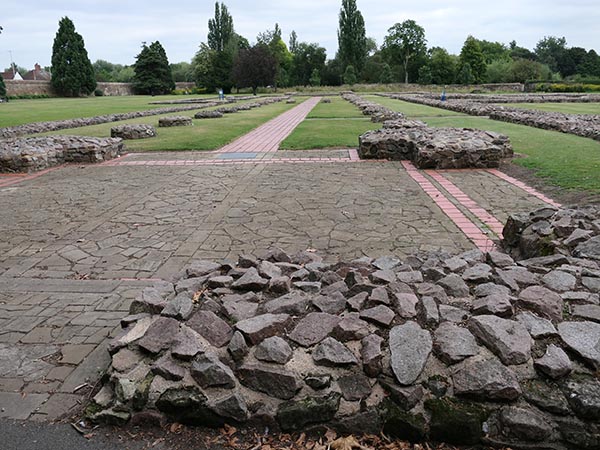
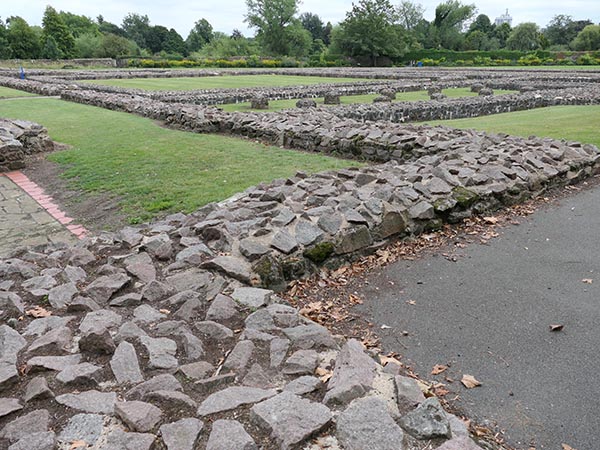
Around the permiter of the abbey ruins are beautiful flowers.

One part of the abbey contains Abbey Park restaurant or cafe with landscaped gardens. A statue of Cardinal Wolsey is located in the front of the building.
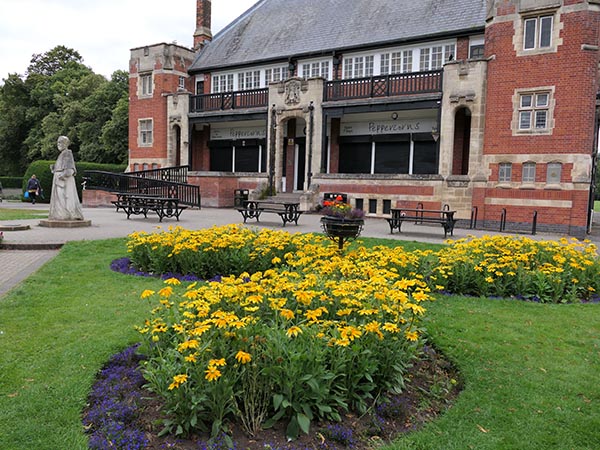
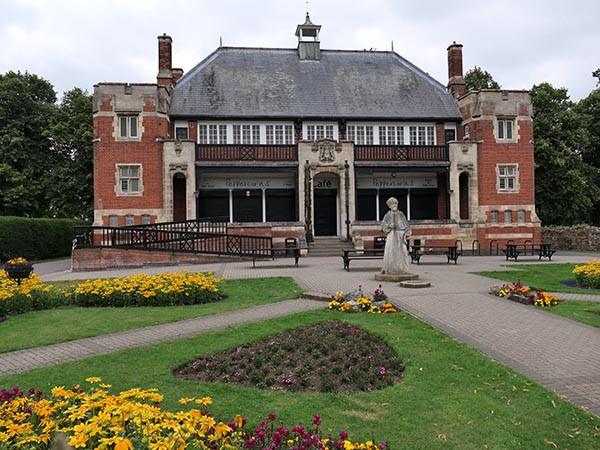
Across the bridge is a larger park area with a small lake, miniature railway, gardens, and plenty of areas to sit or play - catering to all ages. The gardens are beautiful here.

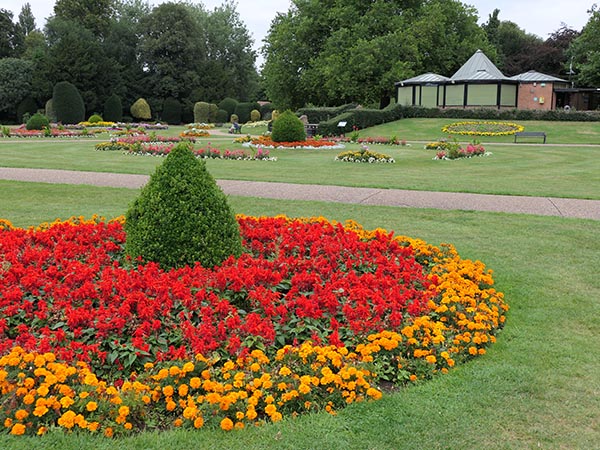
Festivals and other events are held at Abbey Park in Leicester, and something was taking place in part of the park when I visited at the end of July.

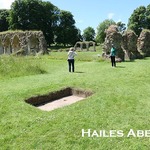
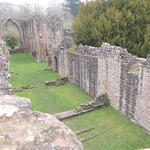
Leave a comment